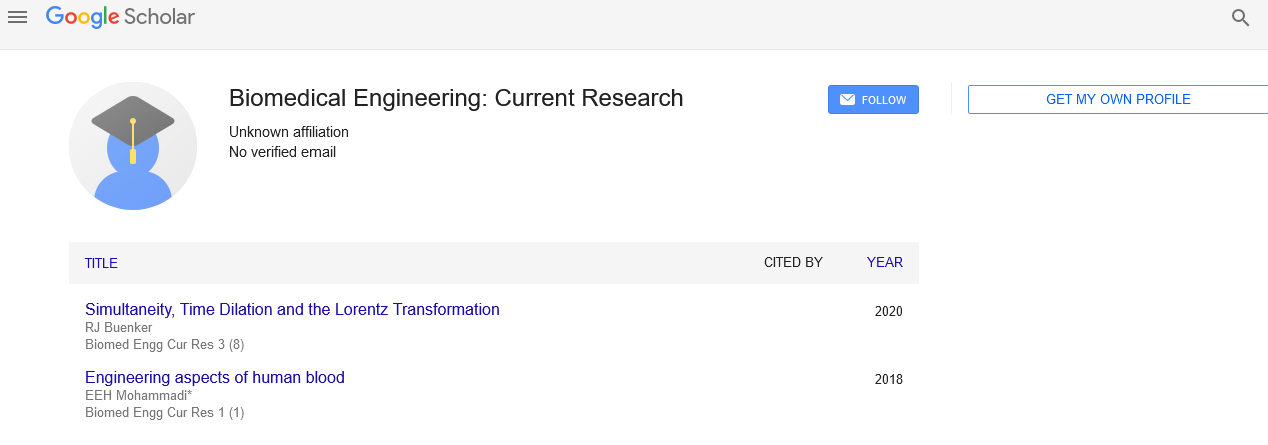A Short Note on Transdermal Patches
Published: 27-Dec-2021
This open-access article is distributed under the terms of the Creative Commons Attribution Non-Commercial License (CC BY-NC) (http://creativecommons.org/licenses/by-nc/4.0/), which permits reuse, distribution and reproduction of the article, provided that the original work is properly cited and the reuse is restricted to noncommercial purposes. For commercial reuse, contact reprints@pulsus.com
Commentary
A transdermal patch is a medicated adherent patch that’s applied to the skin and used to deliver a particular quantum of the drug into the bloodstream through the skin. The patch provides a controlled release of the drug into the case, generally through a pervious membrane covering a force of drug or through body heat melting thin layers of drug enrooted in the glue, which is an advantage of transdermal medicine delivery over other types of drug delivery ( similar as oral, topical, intravenous, or intramuscular). The abecedarian disadvantage of transdermal delivery systems is that the skin acts as a veritably effective hedge, thus only medicines with motes bitsy enough to transfuse the skin can be supplied this way. As a dress, topical, and transdermal delivery fashion, transdermal patches are decreasingly constantly employed. These patches are a pivotal result of advances in skin wisdom, technology, and moxie, which have been produced via trial and error, clinical observation, and substantiation-based examinations dating back to the foremost mortal records. This overview starts with the foremost topical drugs and progresses through topical delivery to moment’s transdermal patches, outlining the early studies, bias, and medicine delivery styles that bolster contemporary transdermal patches and their actives along the way. The elaboration of colorful patch designs and their limits, as well as the conditions for actives to be employed for transdermal distribution, are also considered. The rates of existing dealt products, as well as difficulties related to their use, similar as variability, safety, and nonsupervisory factors, are also described. The analysis concludes by looking at the future of transdermal patches and medicine delivery systems, including the use of active delivery systems in tandem with patches, minimally invasive microneedle patches, and cutaneous results, including metered-cure systems.
With an area of 1.5 to2.0 m2 in grown-ups, the skin is the biggest organ in the mortal body by mass. Since man’s foremost medical records, medicines have been applied to the skin to cure superficial ails, for the transdermal administration of curatives to manage systemic affections, and as cosmetics. In ancient Egypt and Sumptuous drug, for illustration, the use of dressings, ointments, potions, and indeed patches containing factory, beast, or mineral excerpts was formerly common ( around 3000 BC). Still, when delivery technology was created to give precise and unremarkable administration through the skin for systemic goods in the after third of the twentieth century, transdermal delivery systems came a regular practice. The purpose of this review is to go over the long history of topical and transdermal distribution, concentrating on the elaboration and contemporary use of transdermal patches. Medicine blood position – time biographies, which may be compared to or projected from parenteral delivery, are generally used to establish the technology’s prospective efficacy and felicity for systemic remedy. The quantum of medicine released into the body from the delivery medium and the operation area determines the medical attention in the blood. Transdermal administration is also employed to induce clinical goods deep within or beneath the epidermis, similar to original anesthetic and anti-inflammatory action. Topical delivery, on the other hand, aims to treat face issues, but it can be effective at times. Topical delivery, on the other hand, aims to address superficial, but occasionally critical, skin issues with a localized effect.
Acknowledgment
The authors are grateful to the journal editor and the anonymous reviewers for their helpful comments and suggestions.
Declaration of Conflicting Interests
The authors declared no potential conflicts of interest for the research, authorship, and/or publication of this article.





